Deck & Commander Strategies

Trostani, Selesnya's Voice
Focuses on token generation, life gain through combat damage, and distributing +1/+1 counters to grow creatures and stabilize life totals, aiming to outlast opponents with resilient board presence.

Ikra Shidiqi, the Usurper
Utilizes lifelink and damage redirection to drain opponents' life while gaining life, often enhanced by equipment like Basilisk Collar, combining aggression with sustainability.
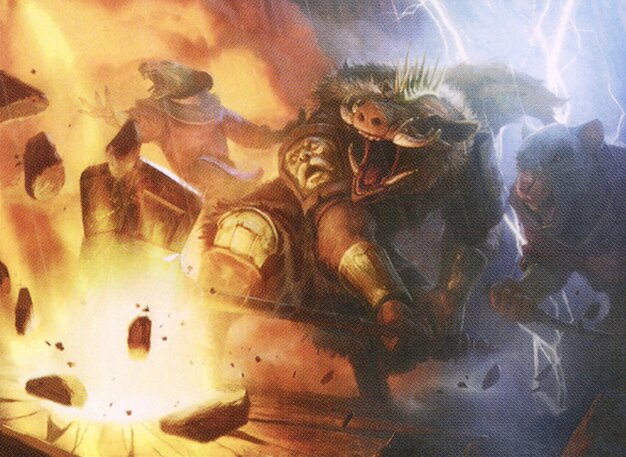
Raggadragga, Goreguts Boss
Aggressive combat-oriented deck relying on creatures with double strike and various combat damage triggers to deal heavy damage quickly and disrupt opponents’ boards.

Nalia de'Arnise
Leverages graveyard recursion to create and multiply zombie tokens, using sacrifice and reanimation effects to maintain board presence and chip away at opponents steadily.
Gameplay Insights
- 1
The timely use of a board wipe reset the creature battlefield but allowed enchantments and artifacts to persist, shifting the game’s momentum.
- 2
Players maximized value from +1/+1 counters by combining them with token generation to create larger threats capable of trample and lifelink damage.
- 3
The synergy between life gain and damage dealing, especially through lifelink and equipment, was a key factor in sustaining pressure while maintaining survivability.
- 4
Graveyard recursion spells were pivotal for maintaining board presence, enabling repeated deployment of key creatures and tokens.
- 5
Double strike and damage redirection proved effective in bypassing blockers and quickly reducing opponents’ life totals.
- 6
Strategic blocking and combat phase decisions influenced the flow of damage and life gain, often dictating the pace of the game.
Notable Cards
-
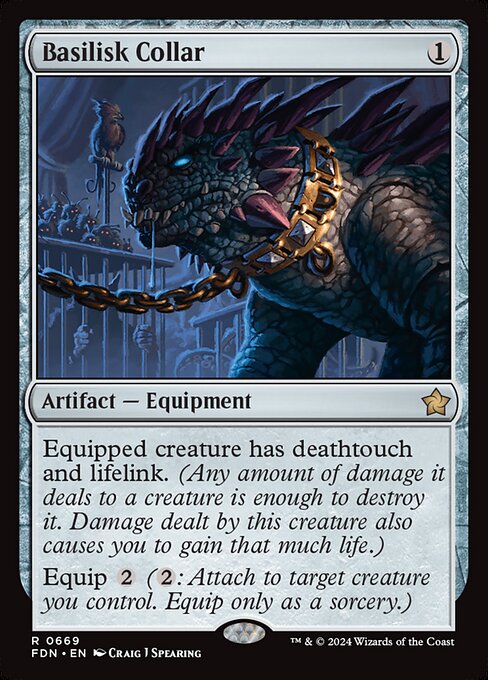
Basilisk Collar
-
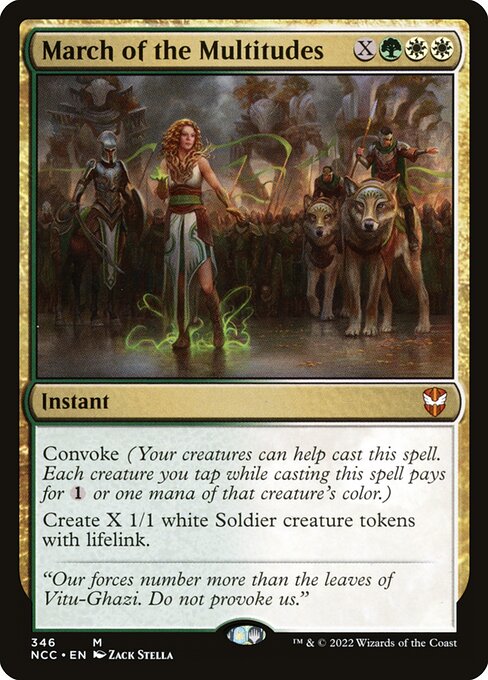
March of the Multitudes
-
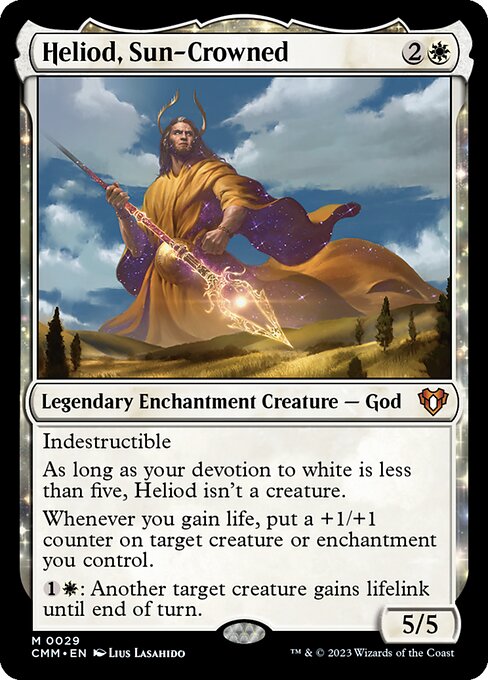
Heliod, Sun-Crowned
-
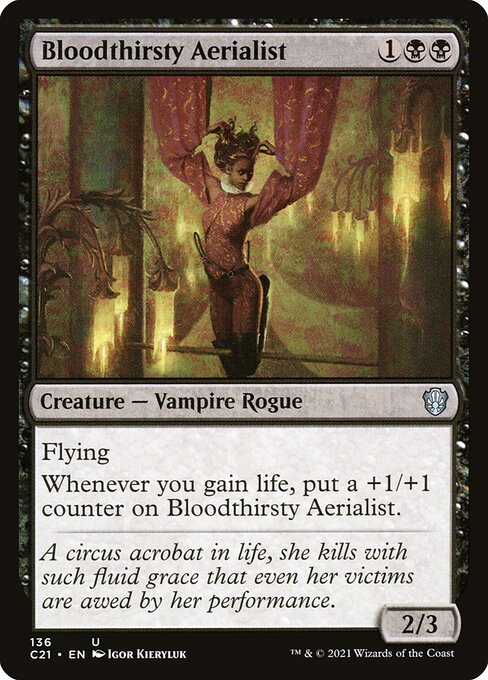
Bloodthirsty Aerialist
-
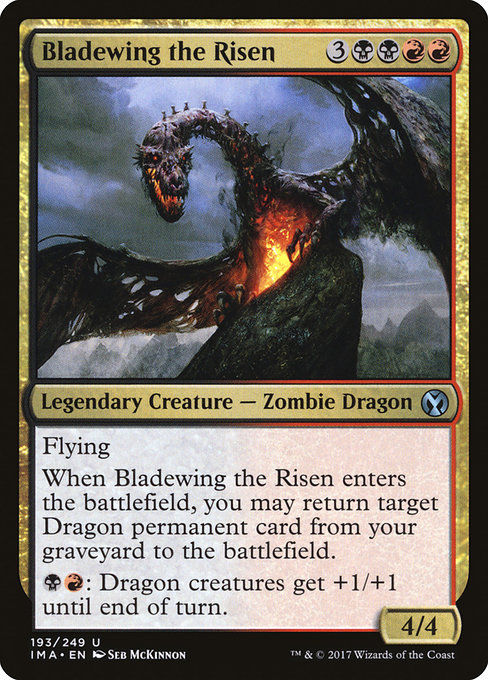
Bladewing the Risen
-

Academy Rector
-
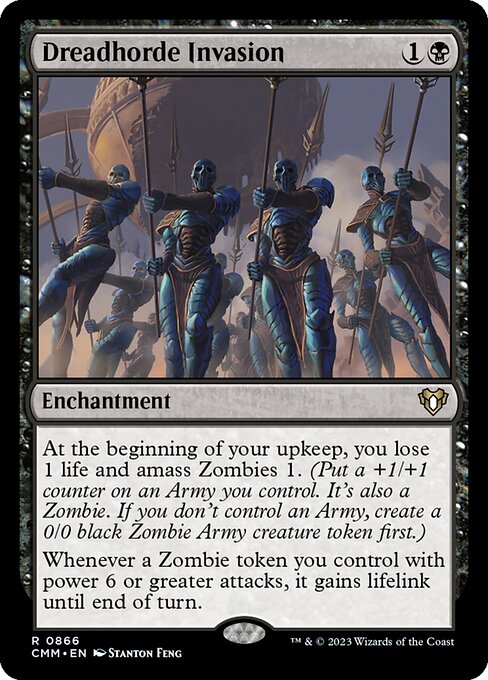
Dreadhorde Invasion
-

Fallen Ideal
Gameplay Summary
The game featured four players piloting Trostani, Selesnya's Voice; Ikra Shidiqi, the Usurper; Raggadragga, Goreguts Boss; and Nalia de'Arnise.
Early on, players developed their boards with token generation, life gain synergies, and creature recursion from graveyards.
Trostani’s player leveraged tokens and +1/+1 counters to stabilize life totals while Ikra Shidiqi’s deck focused on life drain and lifelink, using equipment like Basilisk Collar to enhance survivability and damage output.
Raggadragga’s player utilized aggressive creatures and combat damage triggers to pressure opponents, including the use of double strike and damage redirection to weaken key targets.
Nalia de’Arnise’s deck concentrated on graveyard recursion and swarming the board with zombies through spells and activated abilities, steadily increasing board presence. Midgame saw several pivotal plays, including a board wipe that reset creature presence but left enchantments and artifacts intact, shifting the tempo of the match.
Trostani’s player continued to build a resilient board with lifelink creatures and tokens, while Ikra Shidiqi’s deck maintained pressure through incremental damage and life gain.
A critical moment involved multiple players generating tokens and using +1/+1 counters to enhance creatures, culminating in a large trampling Hydra dealing lethal damage and applying pressure on opponents.
The game’s tension rose as players balanced aggressive attacks and defensive blocks, with life gain and creature recursion playing a significant role in prolonging the match.
The interaction between zombie token creation and +1/+1 counters became a recurring theme, with players maximizing value from graveyard interactions and combat damage triggers.
The game was marked by strategic use of equipment, combat phases, and timed recursion spells, leading to a complex board state with multiple threats and life totals fluctuating.
















![Baldur's Gate Crossover [Commander VS 294] | Magic: the Gathering Commander Gameplay thumbnail](https://i.ytimg.com/vi/2KdxY6y7pro/sddefault.jpg)









![Ikra & Dargo vs. Lavinia Control [Duel Commander-EDH] - Magic: The Gathering thumbnail](https://i.ytimg.com/vi/xOmg1HS5Y5c/sddefault.jpg)
![Sultai Reclamation vs. Sisay & Jegantha [Duel Commander-EDH] - Magic: The Gathering thumbnail](https://i.ytimg.com/vi/eulpd7NBFJA/sddefault.jpg)






![Commanders of Baldur's Gate Showcase [Commander VS 297] | Magic: the Gathering Commander Gameplay thumbnail](https://i.ytimg.com/vi/Z5TTX2J1LjQ/sddefault.jpg)








![Commander Vs S2E8: Savra vs Mayael vs Reaper King vs Trostani [MtG: Multiplayer] thumbnail](https://i.ytimg.com/vi/PmxKvs6zQYE/sddefault.jpg)




